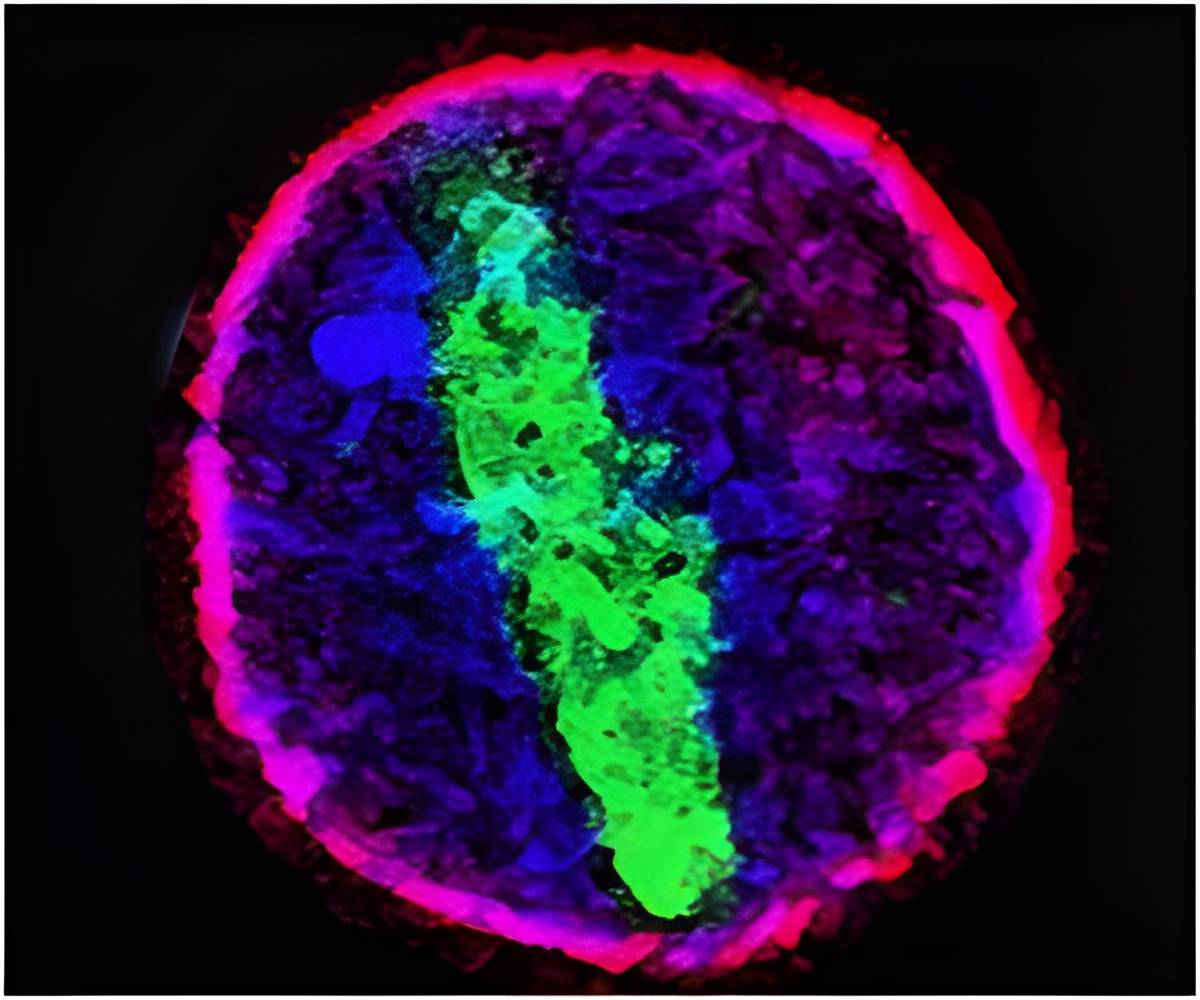Massachusetts General Hospital investigators appear to have found the mechanism behind a previously reported link between the rare genetic condition Gaucher disease and the common

In Gaucher disease, which primarily occurs in children, patients inherit two inactive copies of the gene encoding an enzyme called glucocerebrosidase (GCase), which breaks down a lipid molecule called glucocerebroside (GlcCer). A lack of functional GCase leads to a buildup of GlcCer levels in the cellular compartments called lysosomes, in which cellular waste materials are normally digested. GlcCer accumulation in organs such as the liver, spleen, bone marrow and sometimes the brain, leads to the symptoms of Gaucher's, which are usually treated by intravenous replacement of the missing GCase enzyme.
Clinical observations have suggested a connection between Gaucher's and Parkinson's disease, which affects half a million adults in the U.S. Some Gaucher's patients or their relatives with a single defective copy of the GCase gene also develop the typical Parkinson's symptoms of tremors, muscle rigidity and slow movement. Moreover, patients who suffer from sporadic Parkinson's disease may also have mutations in GCase gene. In fact, mutations in that gene are currently the most common genetic risk factor for Parkinson's disease. No previous studies, however, have directly examined how GCase mutations contribute to symptoms of Parkinson's disease.
The MGH-MIND research team found that mutations reducing the expression of GCase lead to excess GlcCer lipid in cultured neurons. By interacting with α-syn, those GlcCer lipids induce accumulation of the protein. Brain tissue samples from a mouse model of Gaucher's and from patients with either Gaucher's or Parkinson's-related disorders also revealed evidence connecting reduced GCase expression with increased α-syn deposition in neurons. In both the cultured cells and in the animal and human samples, α-syn deposits were also associated with neurodegeneration.
Since other research has indicated that overexpression of α-syn can interfere with the normal handling of proteins within cells, the MGH-MIND team also examined how α-syn might affect the movement and activity of GCase within cells. They found that accumulation of α-syn can interfere with lysosomal function by reducing the activity of GCase. This interaction between α-syn and GCase forms a feedback loop that, after a reaching a certain threshold, may lead to self-propagating disease.
"We now propose that therapies targeting glucocerebrosidase activity may help break the vicious cycle of α-syn accumulation and neurodegeneration," says Krainc, an associate professor of Neurology at Harvard Medical School. "We think this pathway potentially applies to any disease characterized by α-syn accumulation and are now partnering with industry to develop novel therapies for Parkinson's disease that improve targeting of glucocerebrosidase to lysosomes. We hope that such treatments may prevent or diminish the accumulation of α-syn and resultant neurodegeneration in diseases such as Parkinson's and Dementia with Lewy bodies."
Advertisement
Source-Eurekalert












